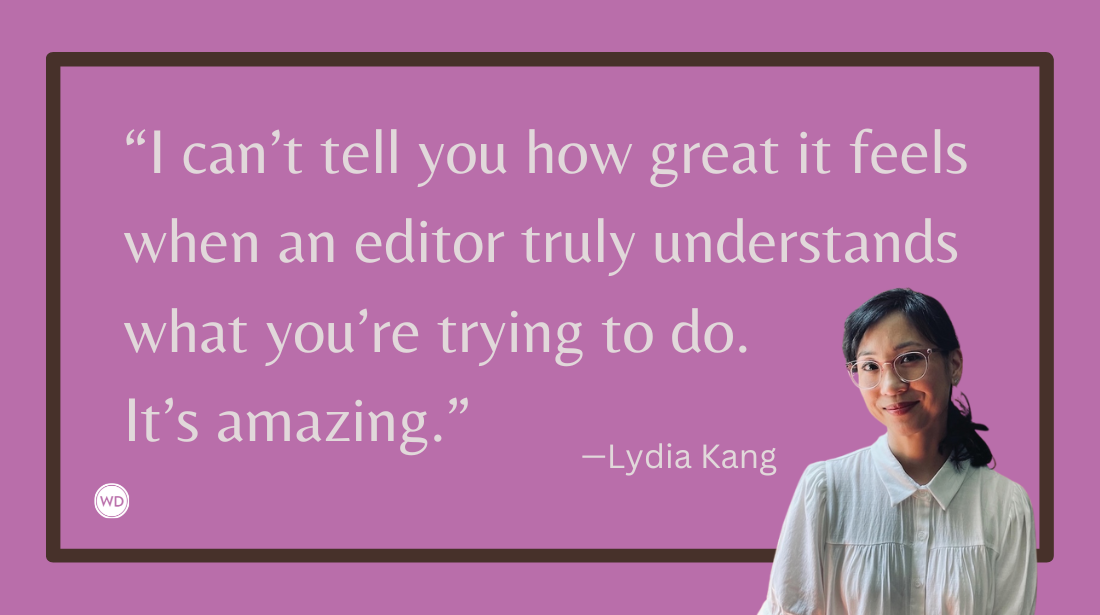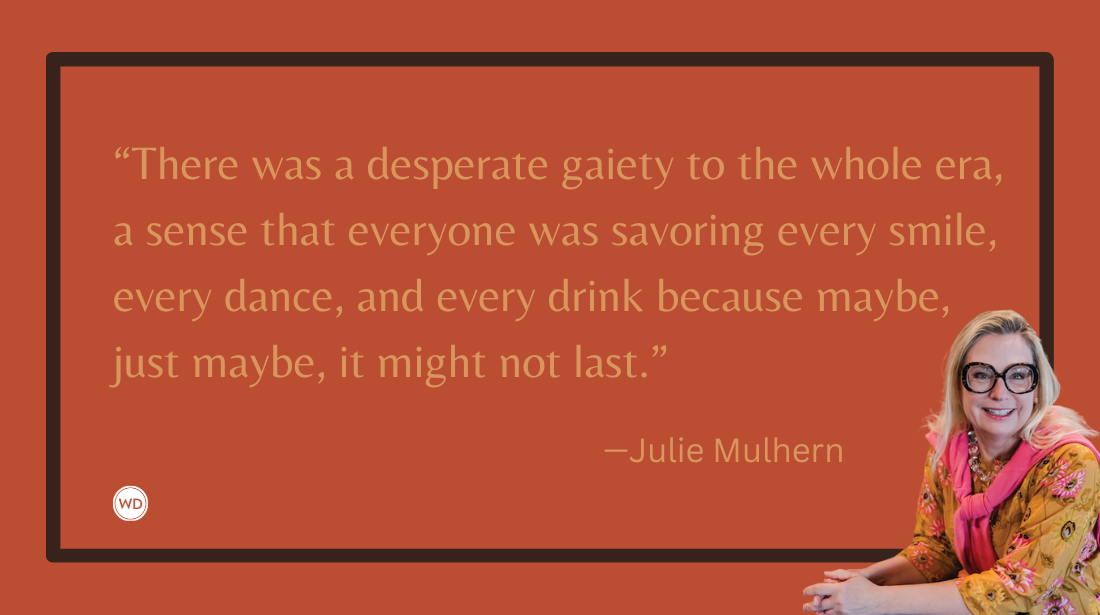Mirror, Mirror: Women Protagonists in Crime Fiction
Author Victoria Dowd spotlights several female protagonists in crime fiction, including Miss Marple, Nancy Drew, and many others.
Say those two words ‘crime fiction’ and one woman instantly springs to mind—Agatha Christie. As with many authors, she was my first portal into the world of crime fiction. She is still, over a hundred years after her debut, known as the Queen of Crime and her female sleuth, Miss Marple, stands out as one of the greatest fictional detectives of all time. This unassuming, elderly spinster from the small country village of St Mary Mead has resonated with millions of readers down the years. She is not an action hero but instead possesses something far more useful for any detective, a keen understanding of human nature.
Jane Marple is the sort of woman that society, particularly at the time, would see as invisible and inconsequential. Yet, her appearance in 1927 in the short story The Tuesday Night Club which would later become part of The Thirteen Problems flew in the face of societal expectations of a woman of her status. Amongst a gathering of characters including an ex-head of Scotland Yard, a solicitor and a vicar, all pillars of society who at the time would be expected to solve the crime, this little old Victorian lady outwits them at every turn, solving every crime with her unfailing intuition and observations of life. She has become the archetype for the female sleuth who without any training or specialist skills, can from the comfort of her parlor solve the crime single-handedly. She is the template.
That is in spite of the fact that 30 years before that, a woman was writing crime fiction with an elderly spinster as the central protagonist solving the crimes. Anna Katharine Green is largely unknown outside of the sphere of crime fiction fans and yet, in her time, she was a bestselling novelist and one of the first writers of detective fiction in America. She is known as the Mother of the Detective Novel. In 1897, her first novel, The Leavenworth Case, featured an elderly spinster sleuth, Amelia Butterworth, who goes on to feature in two more of her novels. She is not an expert, but a keen observer of human nature. Nosy and intelligent, a woman who is seen by some as irrelevant, or remains unseen by most of society, her role is very familiar to readers of detective fiction, shining a light on those women who are merely expected to hide away at home.
At a time when women were not expected to take on the important jobs in the workplace, these ladies challenged societal norms. Women could remain in their homes and write these groundbreaking stories about female protagonists who were head and shoulders above everyone else.
It’s not just elderly women who featured in early crime fiction. Anna Katharine Green also wrote one of the first novels to feature a very young female sleuth. One of the pioneers of what has become known as the ‘girl detective’ genre of crime fiction, these novels have teenage women solving crimes as a hobby. In The Golden Slipper and other problems, Green introduced Violet Strange, a young debutant who solves crimes whilst being part of New York society. Again, another protagonist who comes from a world where women are expected to play a very defined role, not one involving keen intellect.
L. Frank Baum, he of The Wizard of Oz fame, also wrote in the ‘girl detective’ genre with novels featuring Phoebe Daring and Mary Louise Burrows, both of whom work to exonerate family members of crimes they have been accused of. Interestingly, Baum wrote this Bluebird book series under a female pseudonym, Edith Van Dyne.
These were of course the prototype for the most famous sleuth of the girl detective genre—Nancy Drew. Familiar to millions of readers, she became hugely popular in a mystery series that has run for decades with various authors writing under the pseudonym of Carolyn Keene.
There were also the slightly older teenagers. Feisty ‘It Girl,’ Lady Eileen Brent, or Bundle to her friends, was the creation of Agatha Christie. One of my favourite sleuths, and one that has influenced my latest character, she appears in both The Secret of Chimneys (1925) and The Seven Dials Mystery (1929). She’s attractive, fun, and clever, a trait that went over into Dorothy L. Sayers' lady sleuth, Harriet Vane.
Vane is one of those female protagonists who is the assistant, feisty and intelligent that provide a foil for their male counterpart. An Oxford educated mystery writer, often compared to Sayers herself who was Oxford educated, she helps Lord Peter Wimsey in his cases and ultimately agrees to be Lady Wimsey.
These creations moved the genre away from women being solely the victim or femme fatale. However, all of these female protagonists had one thing in common, they were amateurs. Changes in societal roles for women in the mid-to-late 20th century allowed for professional investigators to arise in crime fiction. These women now had a place in professional law enforcement.
PD James was a front runner in this with her aptly titled An Unsuitable Job for a Woman in 1972. Her character, Cordelia Gray, is one of the first female professional private investigators in crime fiction. This brings in a whole new level of psychology to the drama. She is facing not only the mystery itself but all those complexities and difficulties she faces as a woman in a largely male dominated world. Again, crime fiction is holding a mirror to societal issues. Her vulnerabilities and her professionalism add another dimension to the narrative.
This was the case in the groundbreaking Prime Suspect series created by Lynda La Plante in 1990 featuring the tough and troubled DI Jane Tennison. She’s a woman in a man’s world, constantly having to prove herself, something that spoke to a generation of women entering the workplace with their ambitions on the top job but still challenged by societal pressures.
Television has often provided these groundbreaking female detectives who, although struggling to live so-called normal domestic lives, are fighting the worst of villains. Happy Valley (2014) shows Catherine Cawood struggling with the issues that face many women at home—divorce, juggling her work with raising children, and all those attendant problems. At the same time she is hunting a vicious criminal who has damaged her own family. She is tough, brave and yet conflicted and, at times, vulnerable because of the overwhelming responsibilities she faces. It is a role many women can relate to. She is strong and capable, whilst also being very human in her flaws. This is not the perfect image of a woman the media often presents us with.
The authentic woman protagonist is one of the reasons Ann Cleaves’ character Vera is so deeply loved. She is not the usual female detective model. Her grit and strength avoid the stereotypes and presents us with a deeply human woman, sometimes lonely, incredibly sharp minded, one we admire and respect. One we trust.
Resilience and complexity are traits that women so often bring to crime fiction, most notably in recent times with books such as Girl on a Train (2015), by Paula Hawkins. A young woman struggling to be seen in society, facing all the doubts and traumas that modern life hurls at her, turns to alcohol. Her dependence on drink clouds her mind and hampers her ability to use her analytical skills. She questions herself, doubts herself constantly, and succumbs to the manipulation of a man. This vulnerable protagonist is one the reader begins to doubt and one who also shines a light again on those overlooked individuals in society who are not listened to. Or, in this instance, one who listens to the voices of those who do not have their best interests at heart, exploring those psychological depths of gaslighting and coercive control.
The blurring of moral lines is also at the heart of Oyinkan Braithwaite My Sister the Serial Killer (2018), which looks at the complex relationship of sisters in Nigeria. Not only are the themes of family rivalry, beauty and love exposed but the morality of total loyalty between women. Where can that devotion to sisterhood take us? Is it always a good place?
Female protagonists not only reflect shifts in society, holding a mirror to our expected roles, but they bring a rich psychological depth to crime fiction. These women are resilient, riddled with the self-doubt life has created, they are intelligent and conflicted. The brilliance of female protagonists is they have the ability to take the crime fiction genre in entirely new and unexpected directions. It’s exciting to see which woman will wear the next tarnished, battered, or heavy crown.
Check out Victoria Dowd's Death in the Aviary here:
(WD uses affiliate links)









